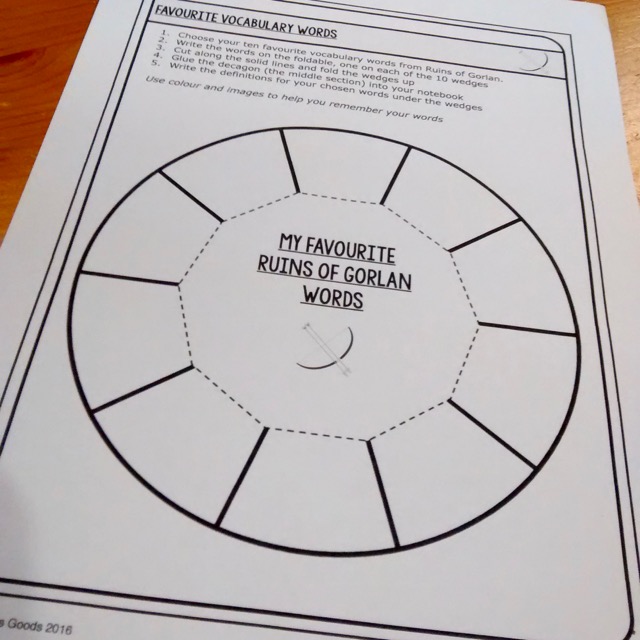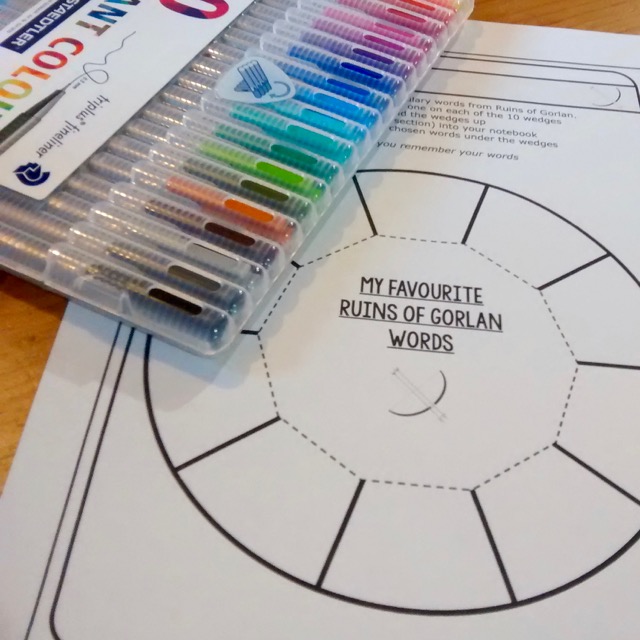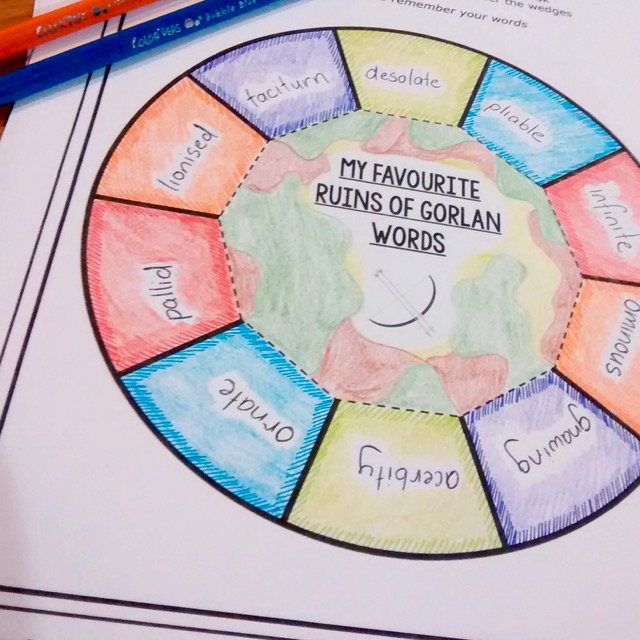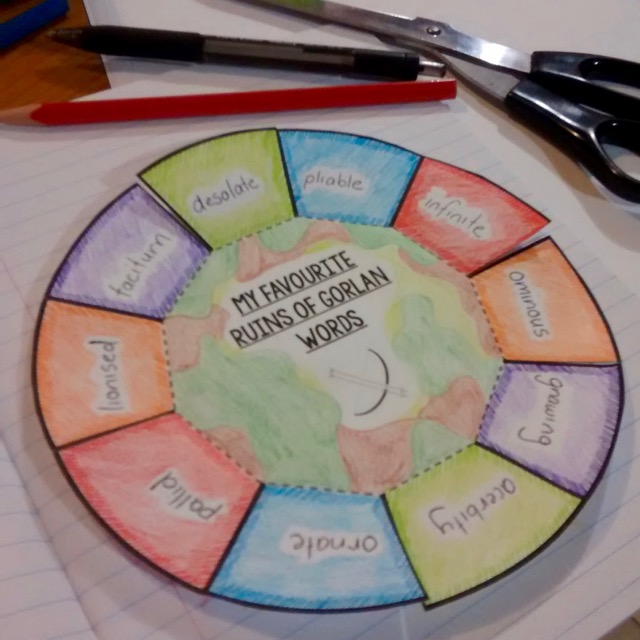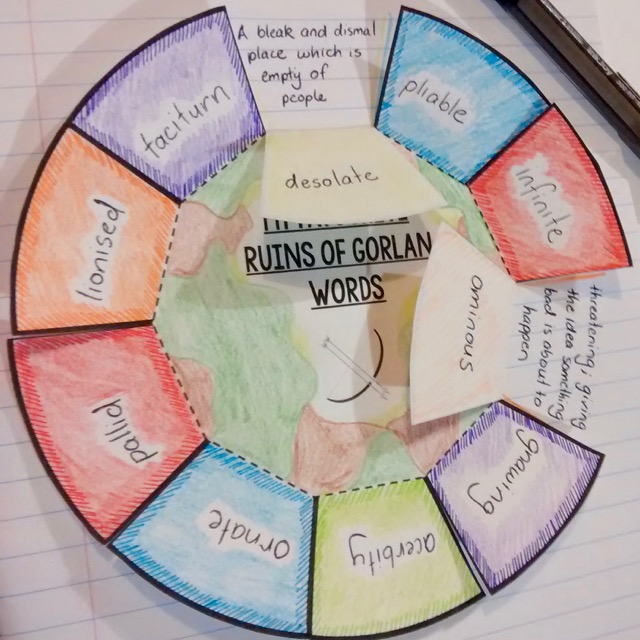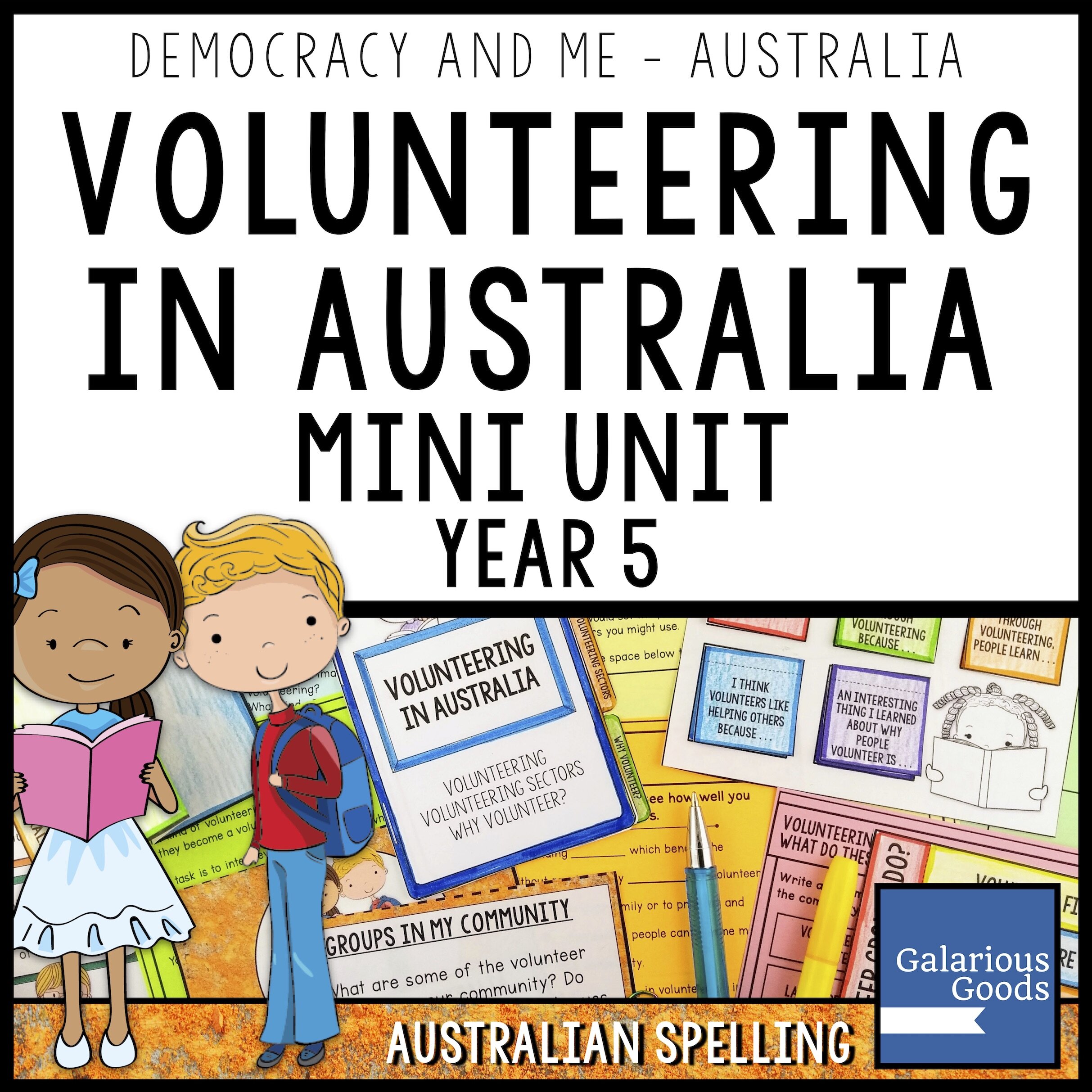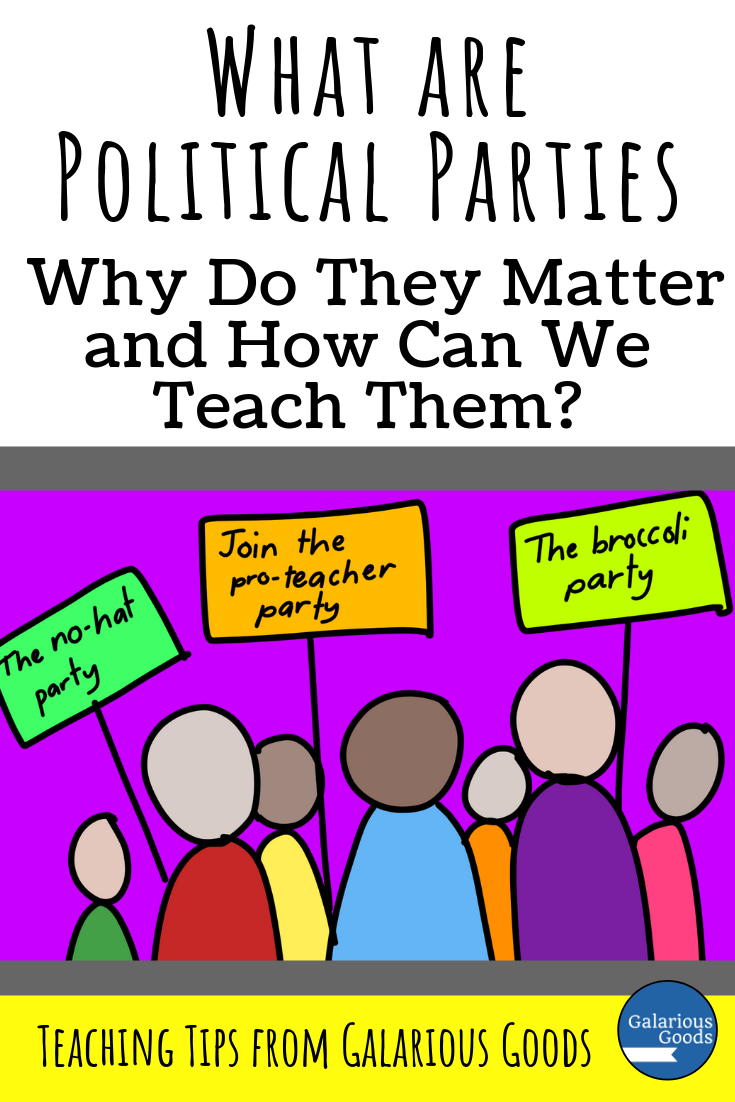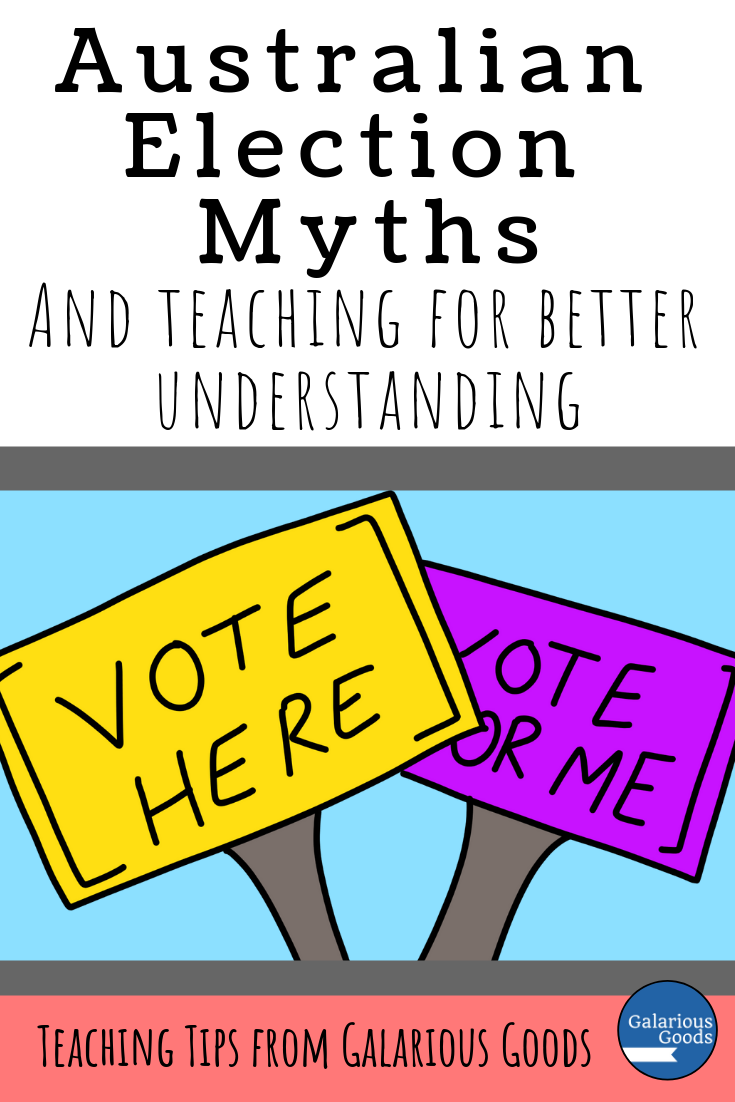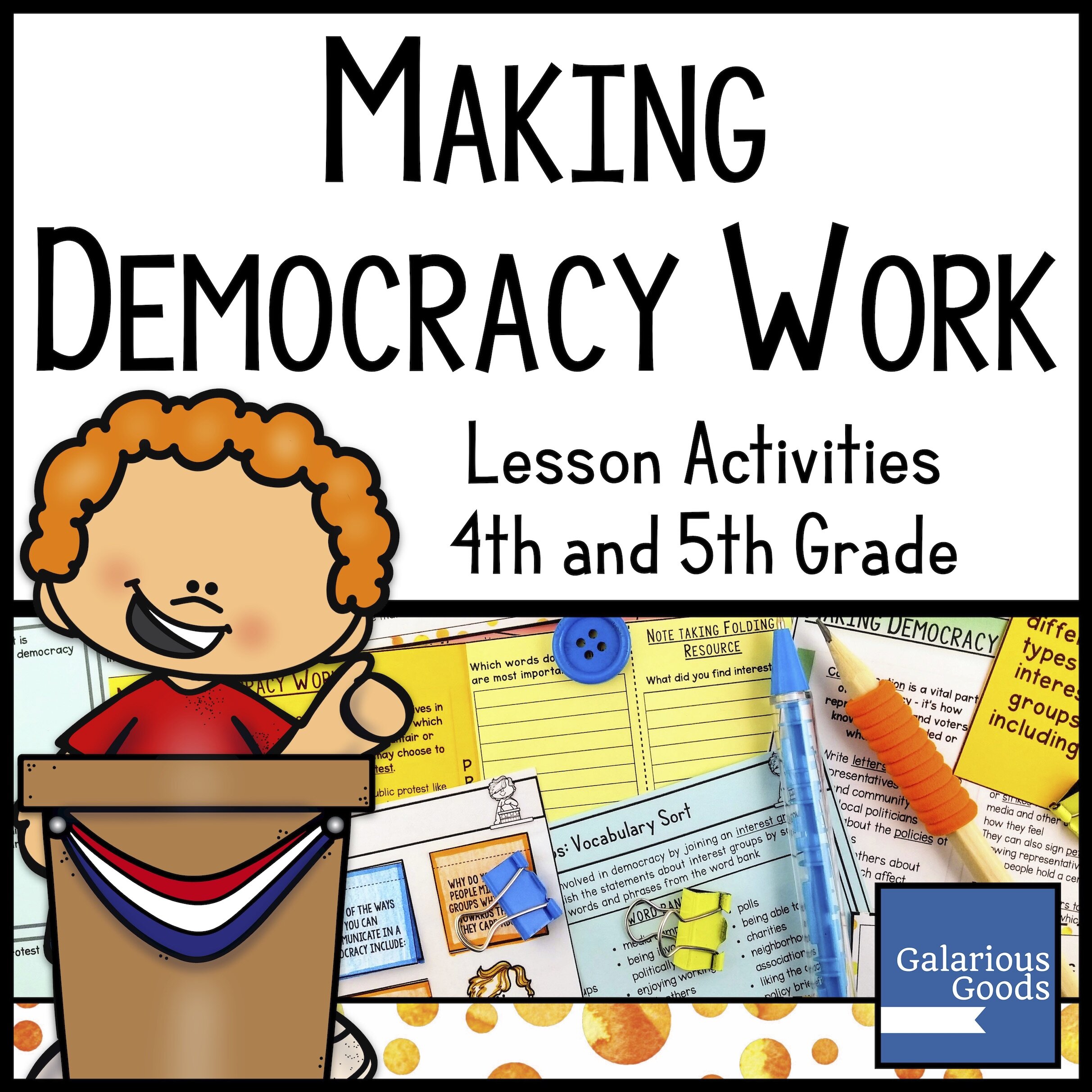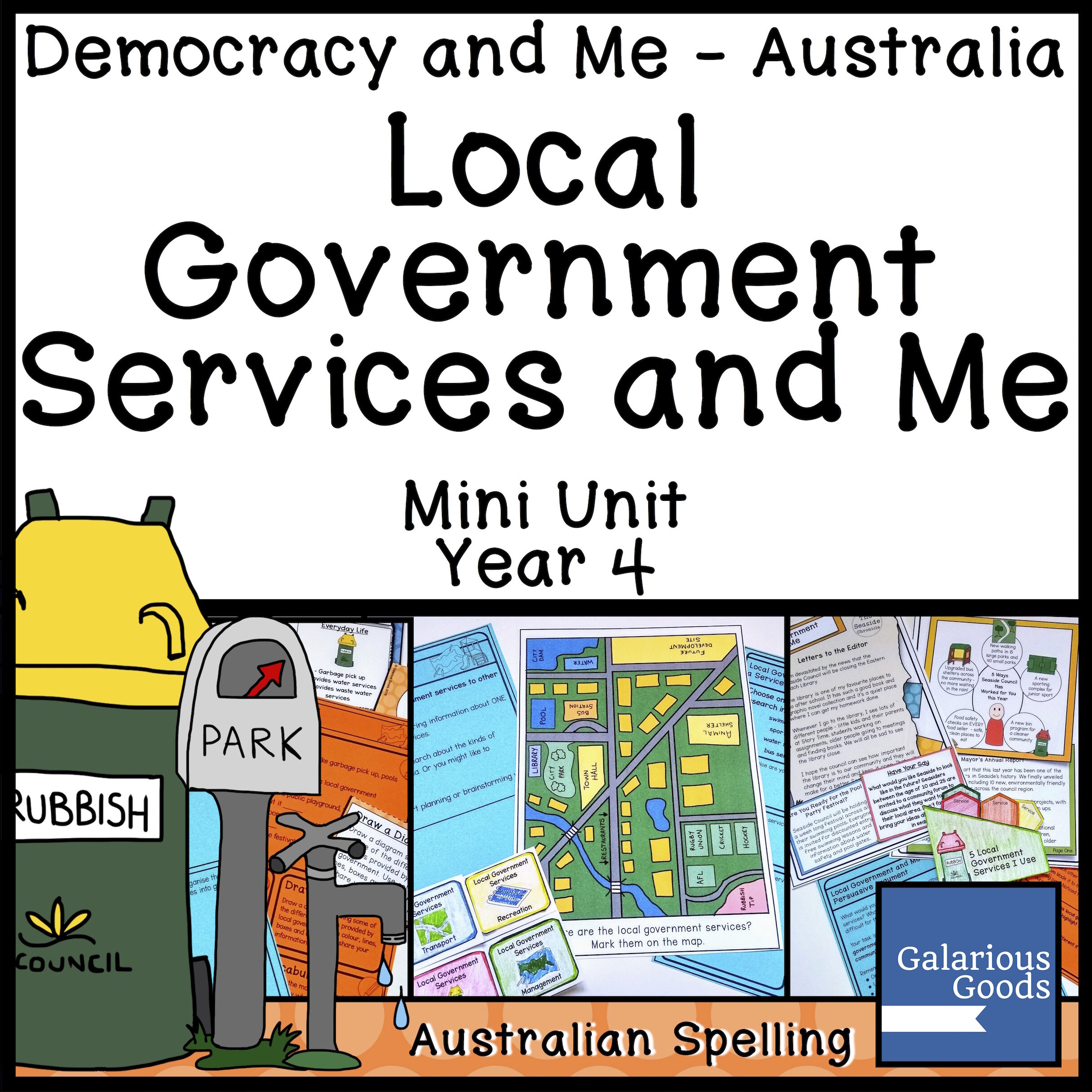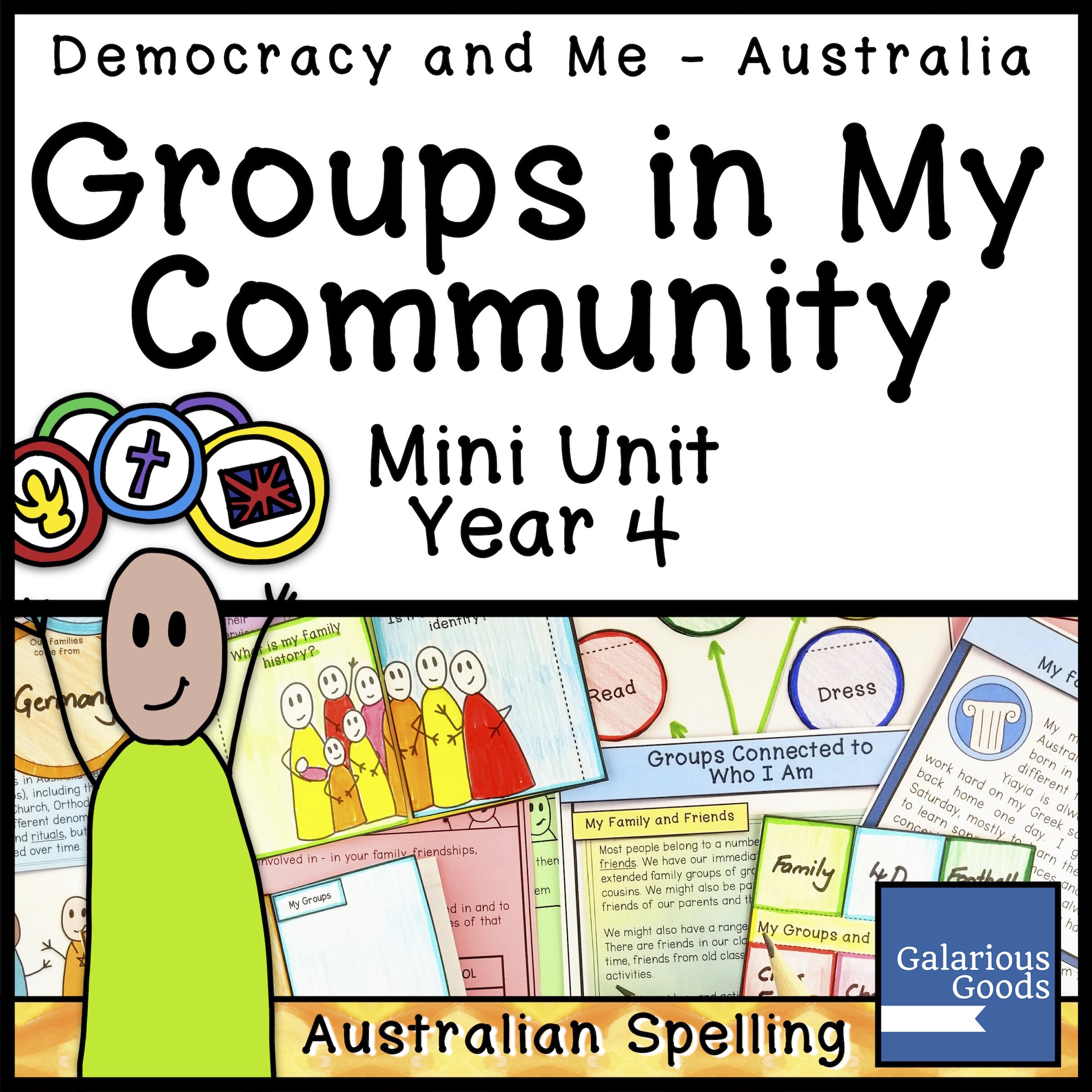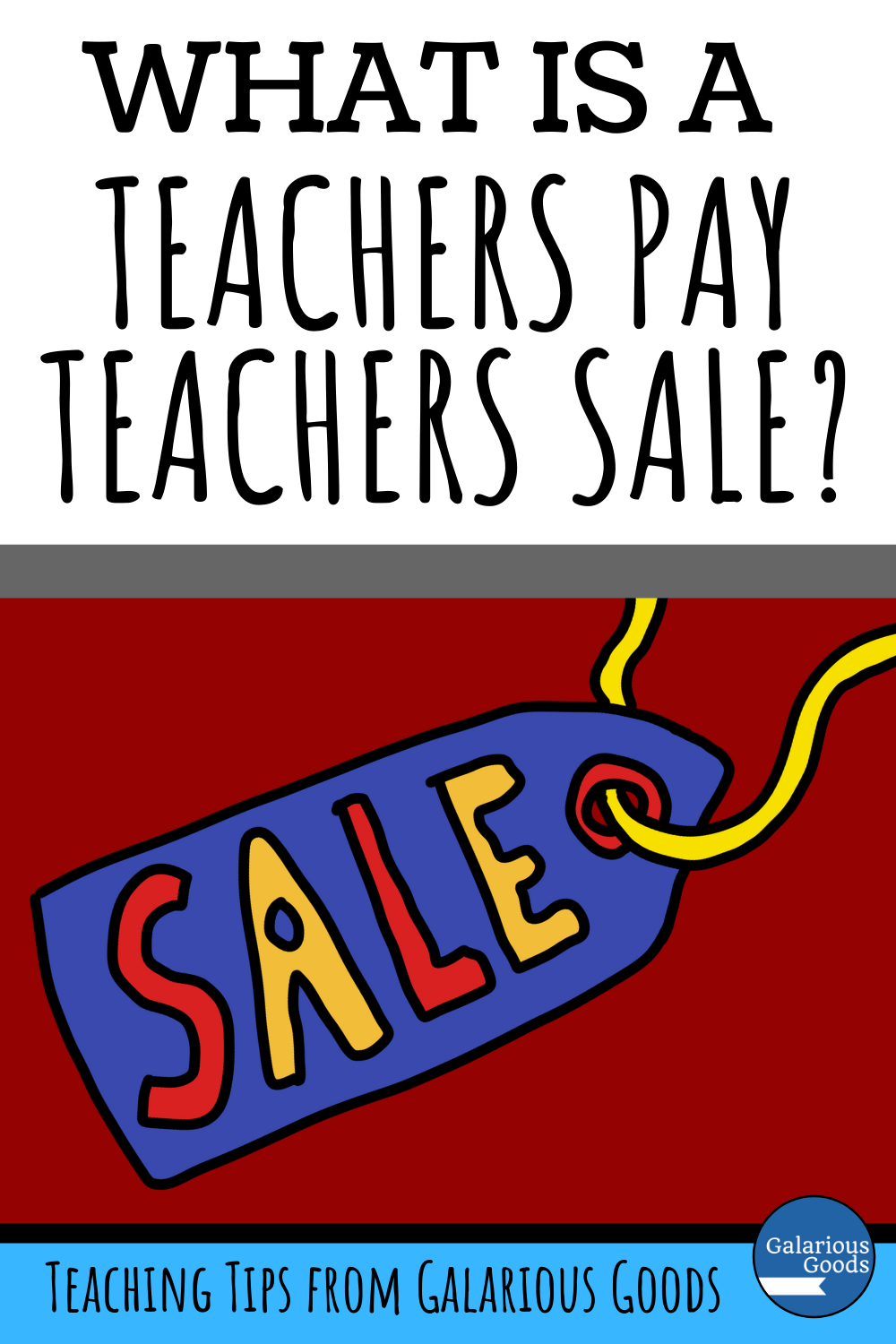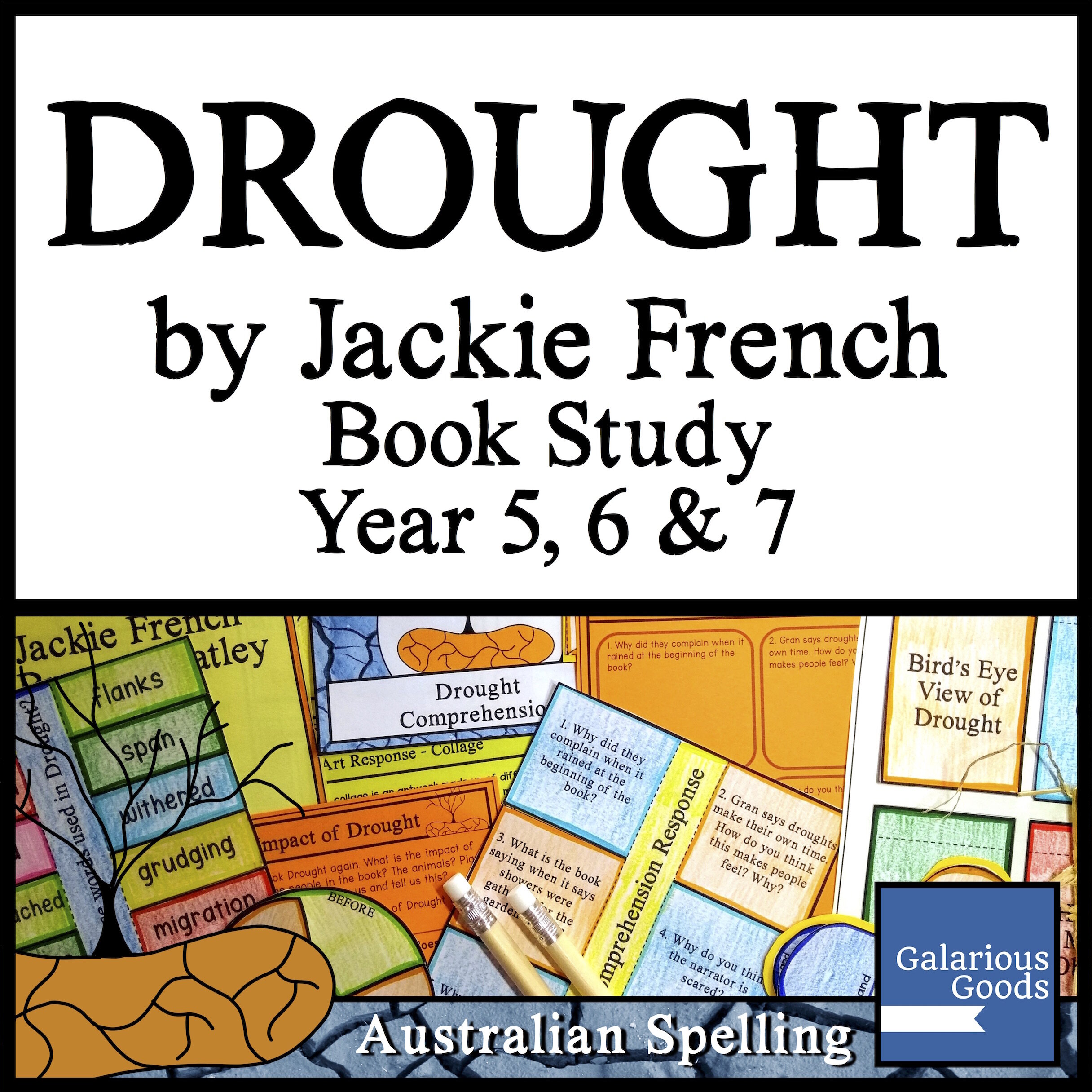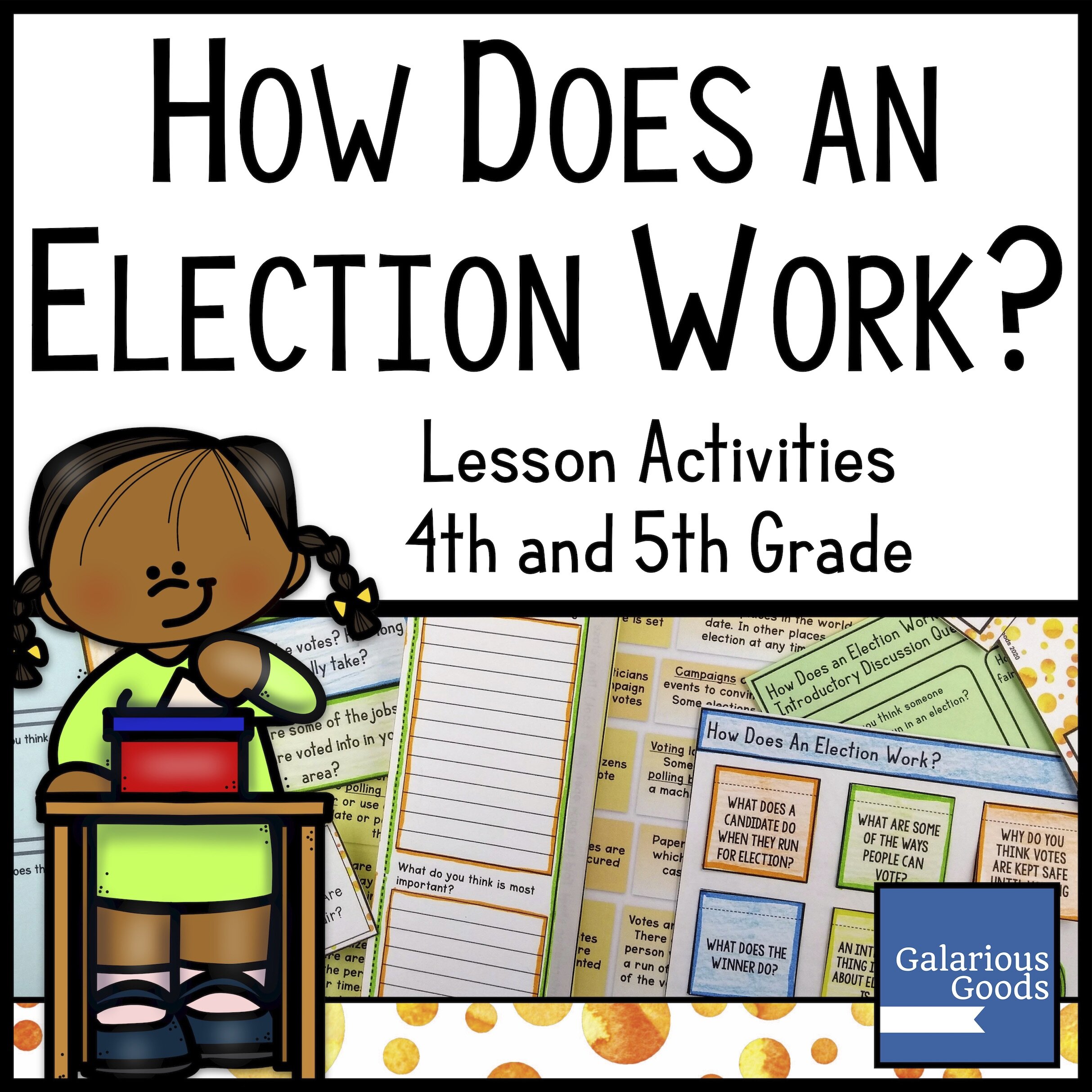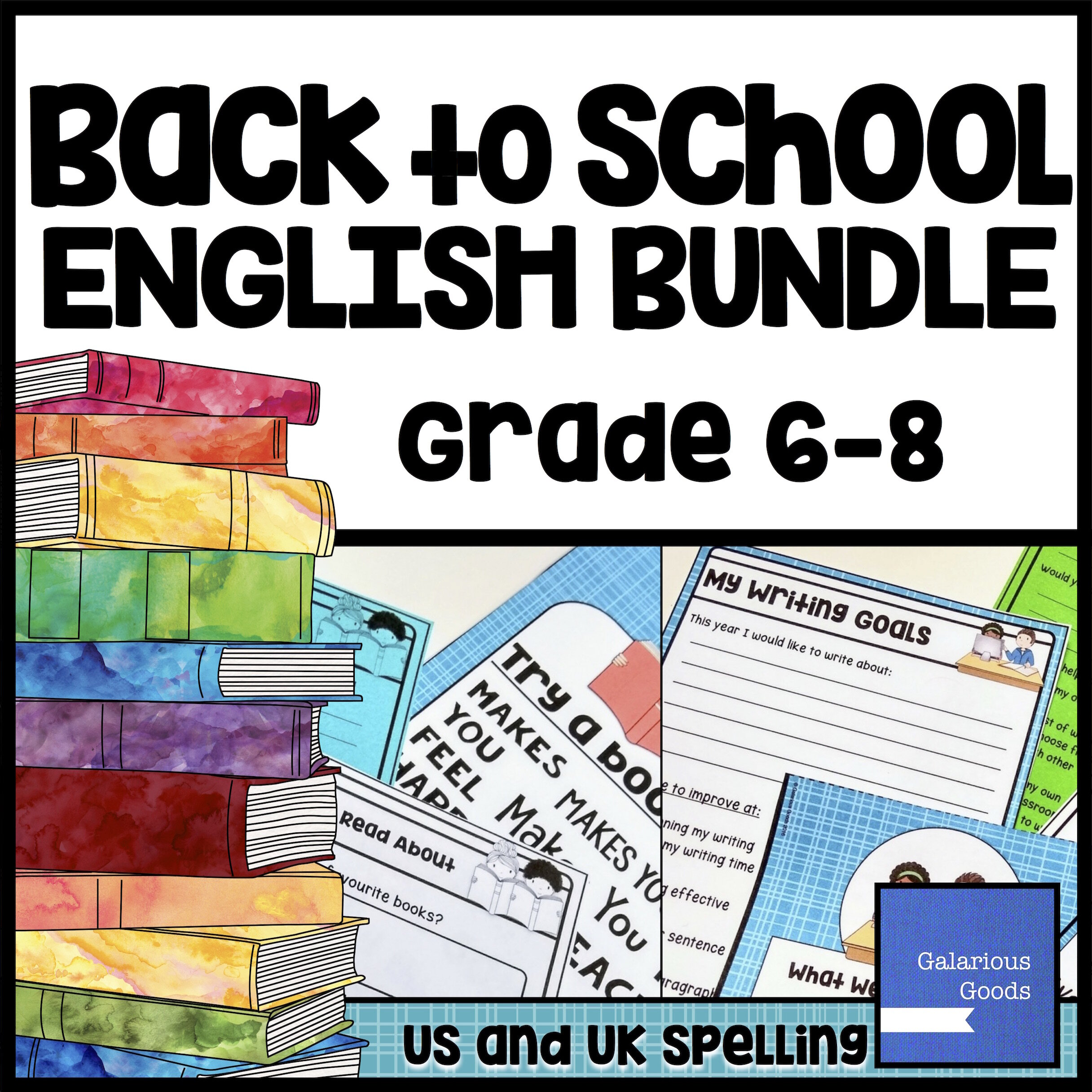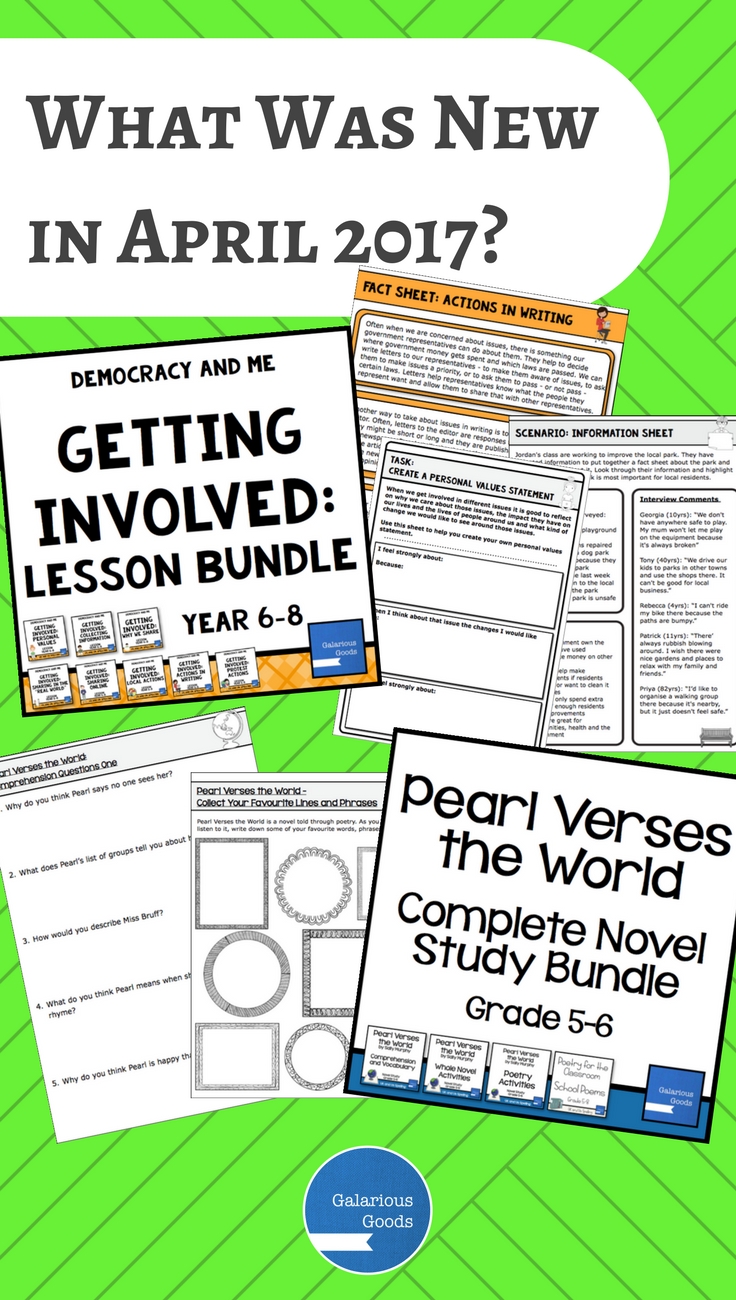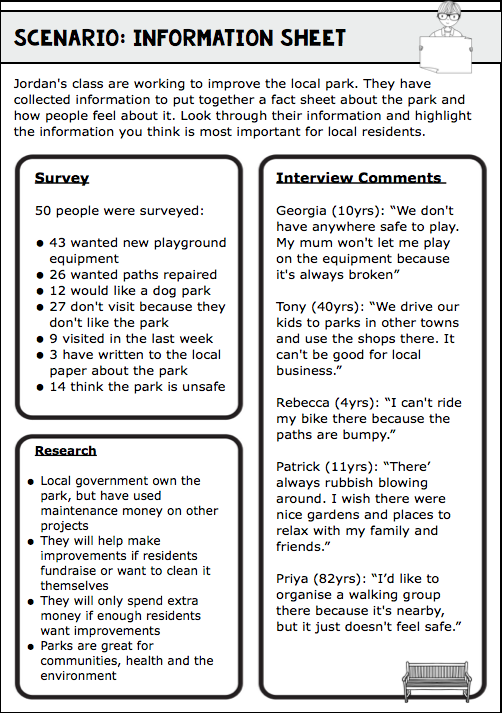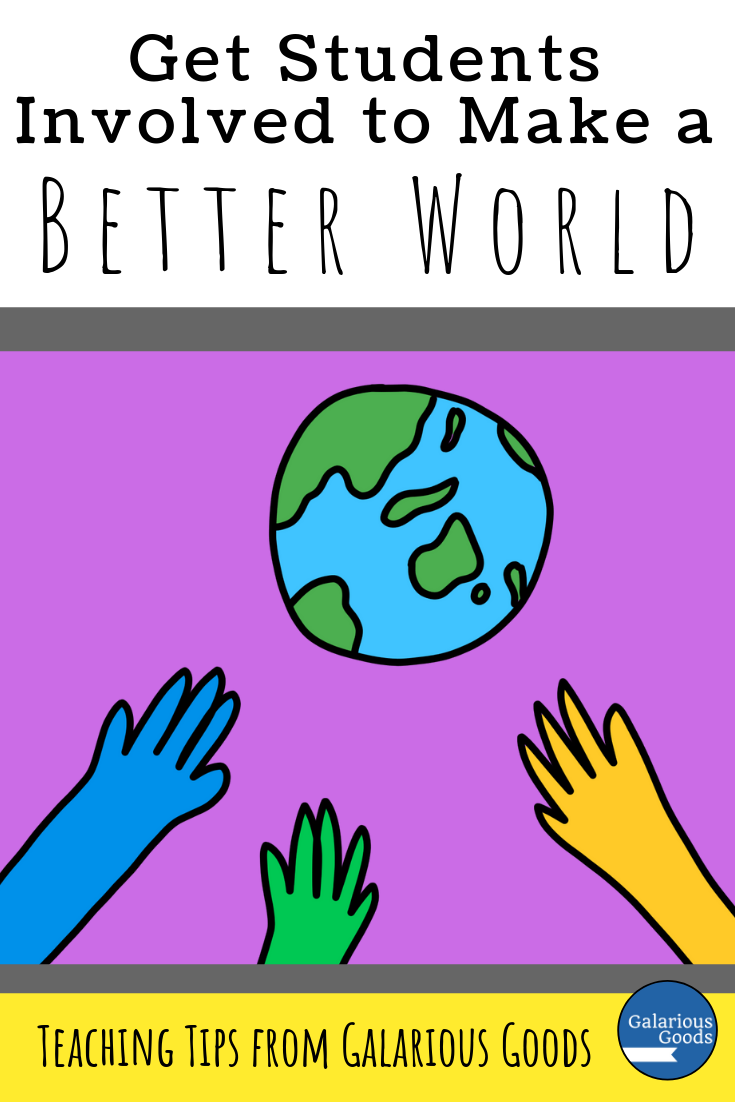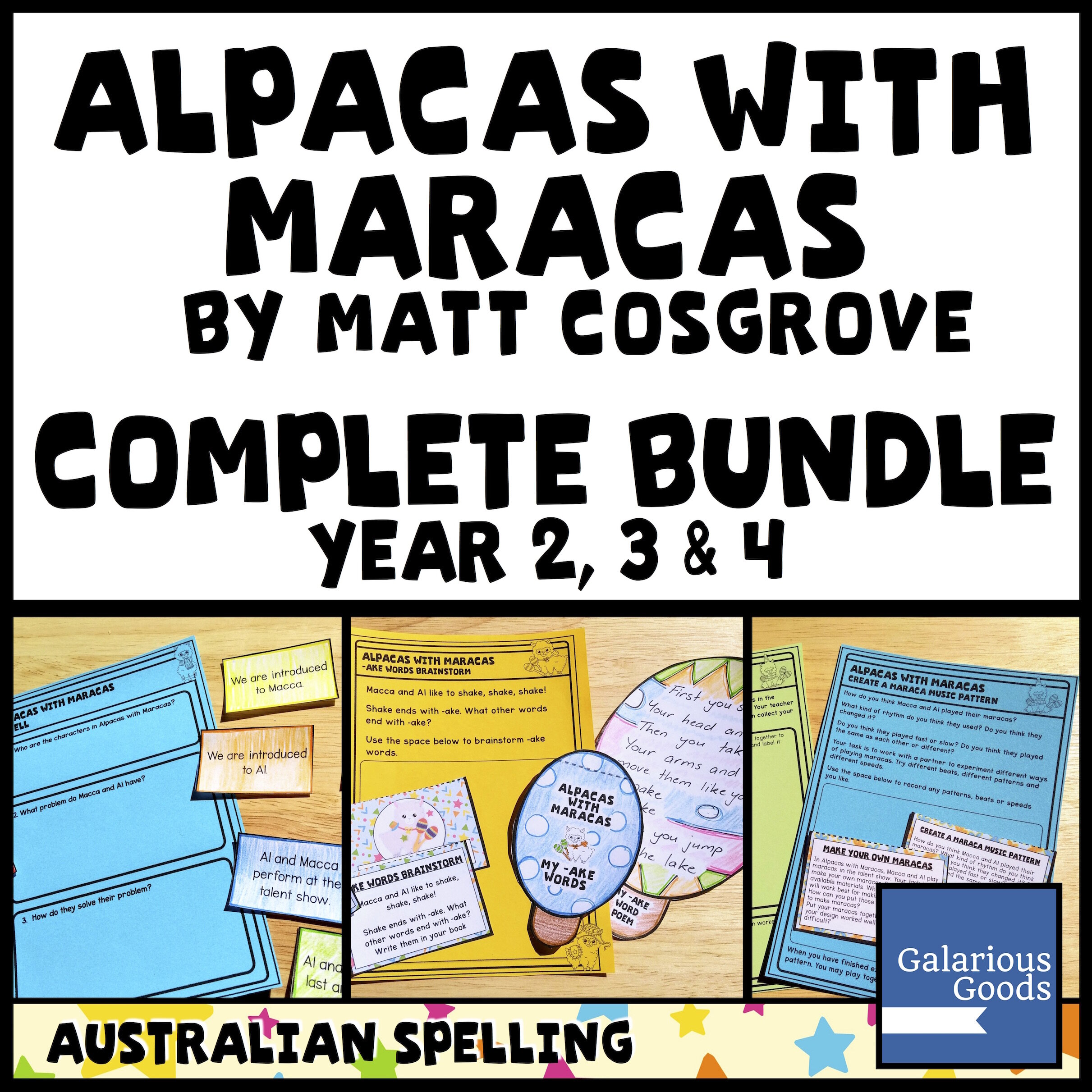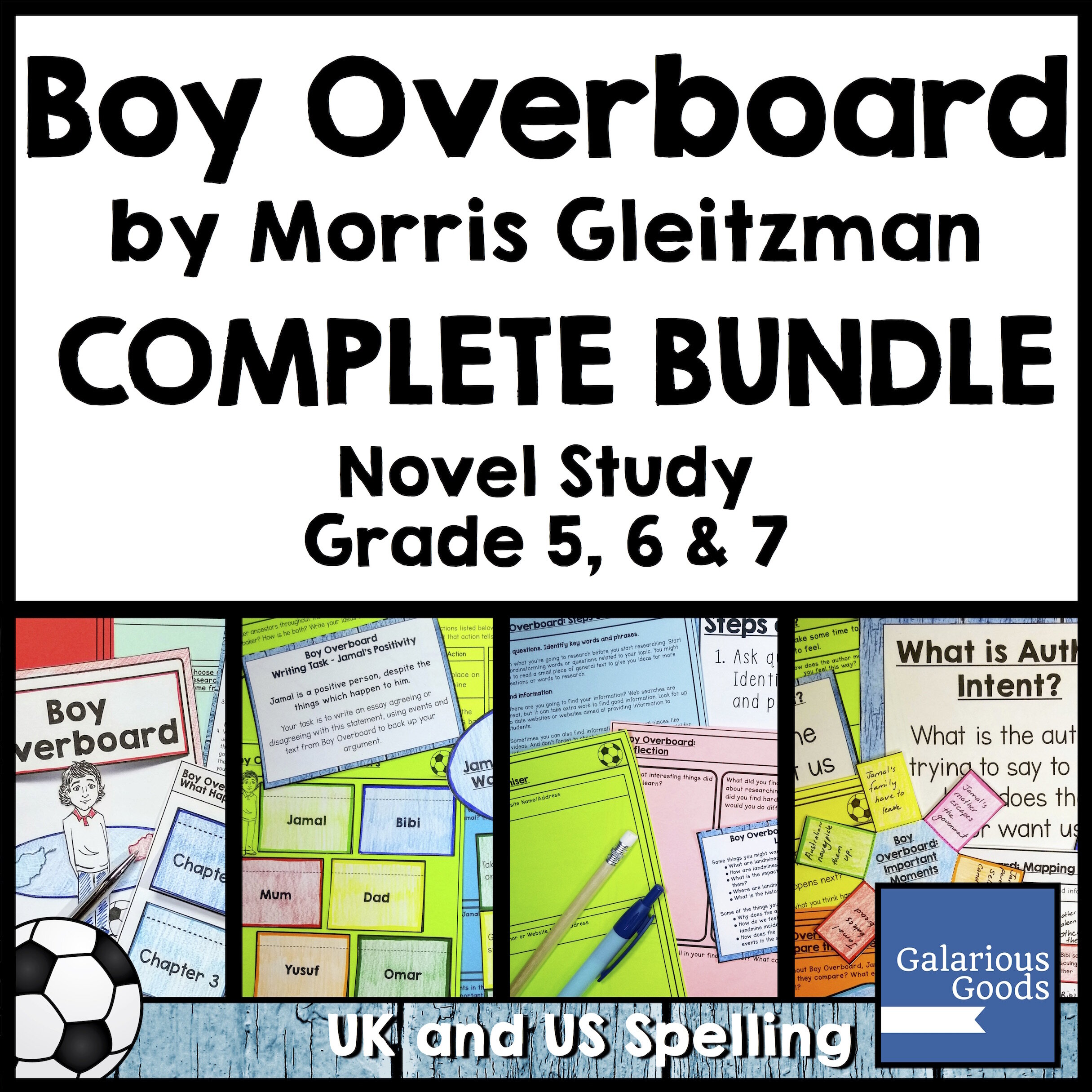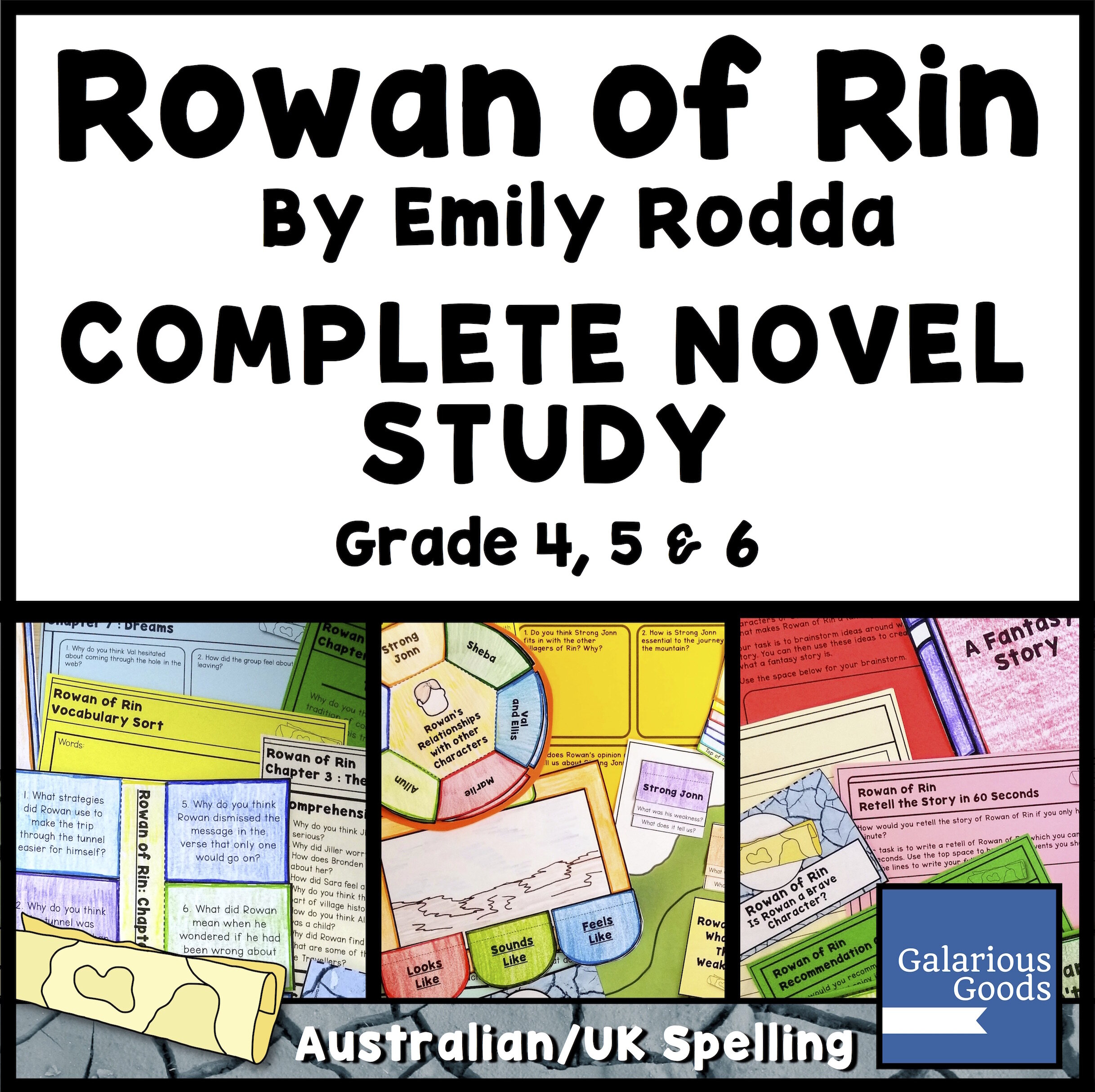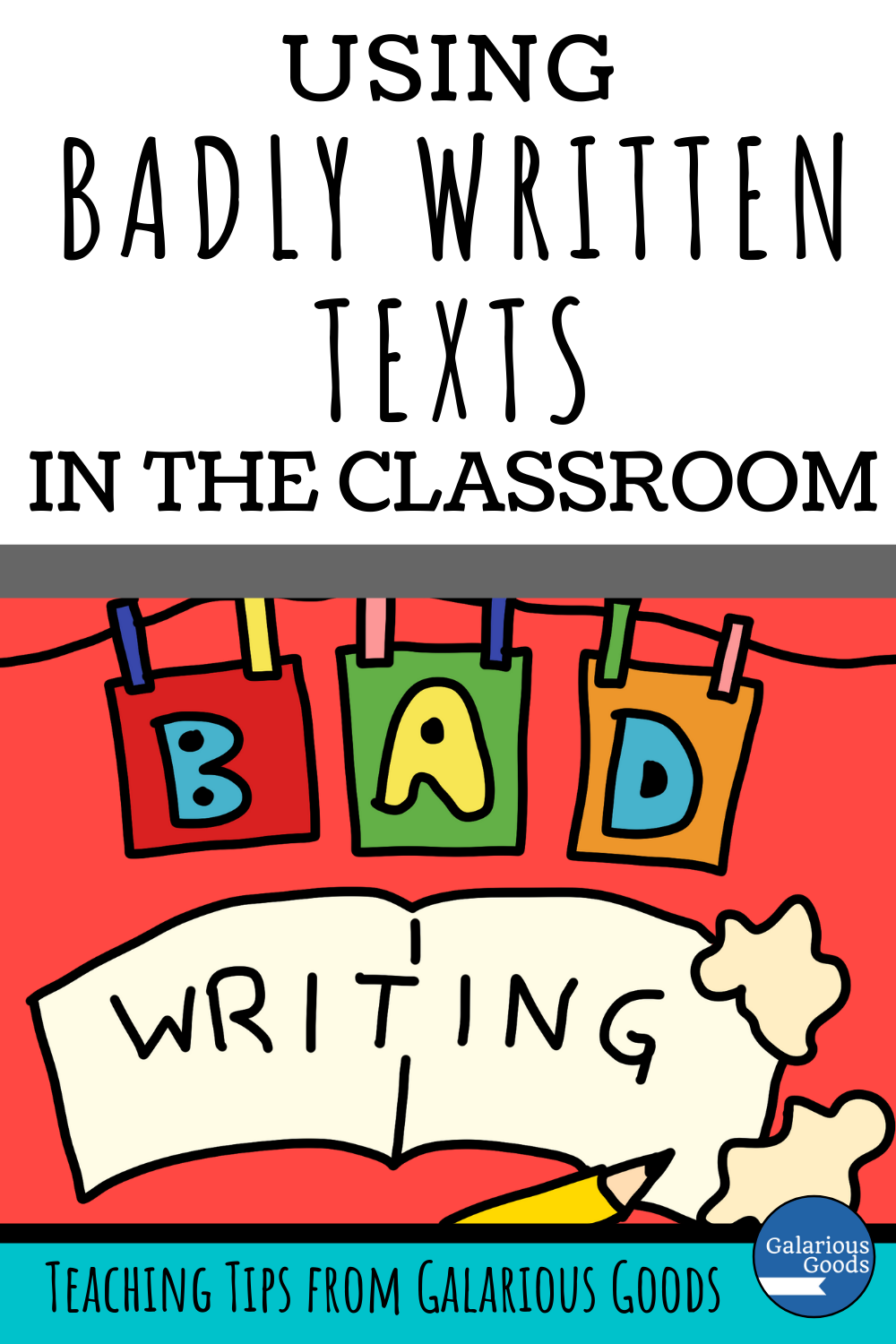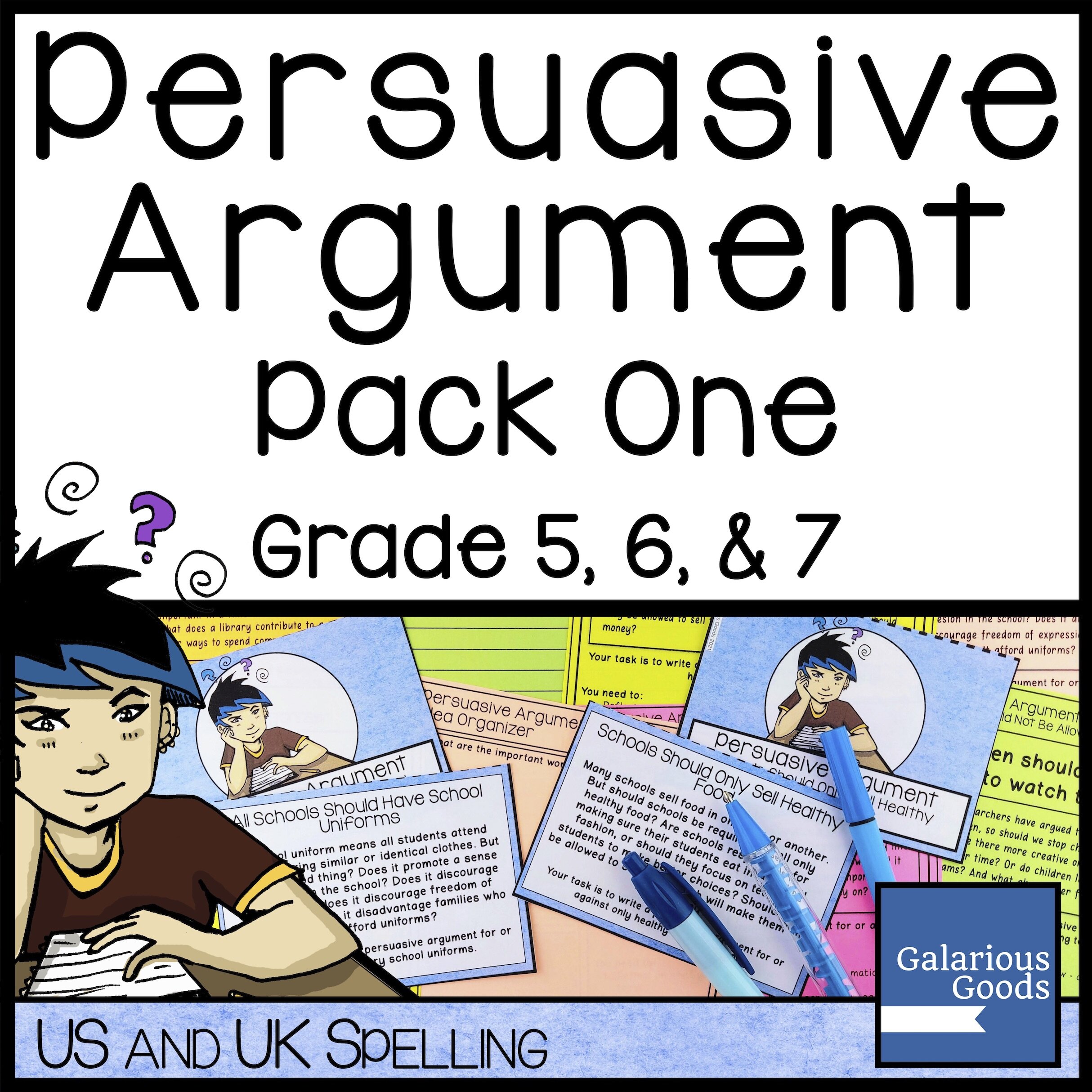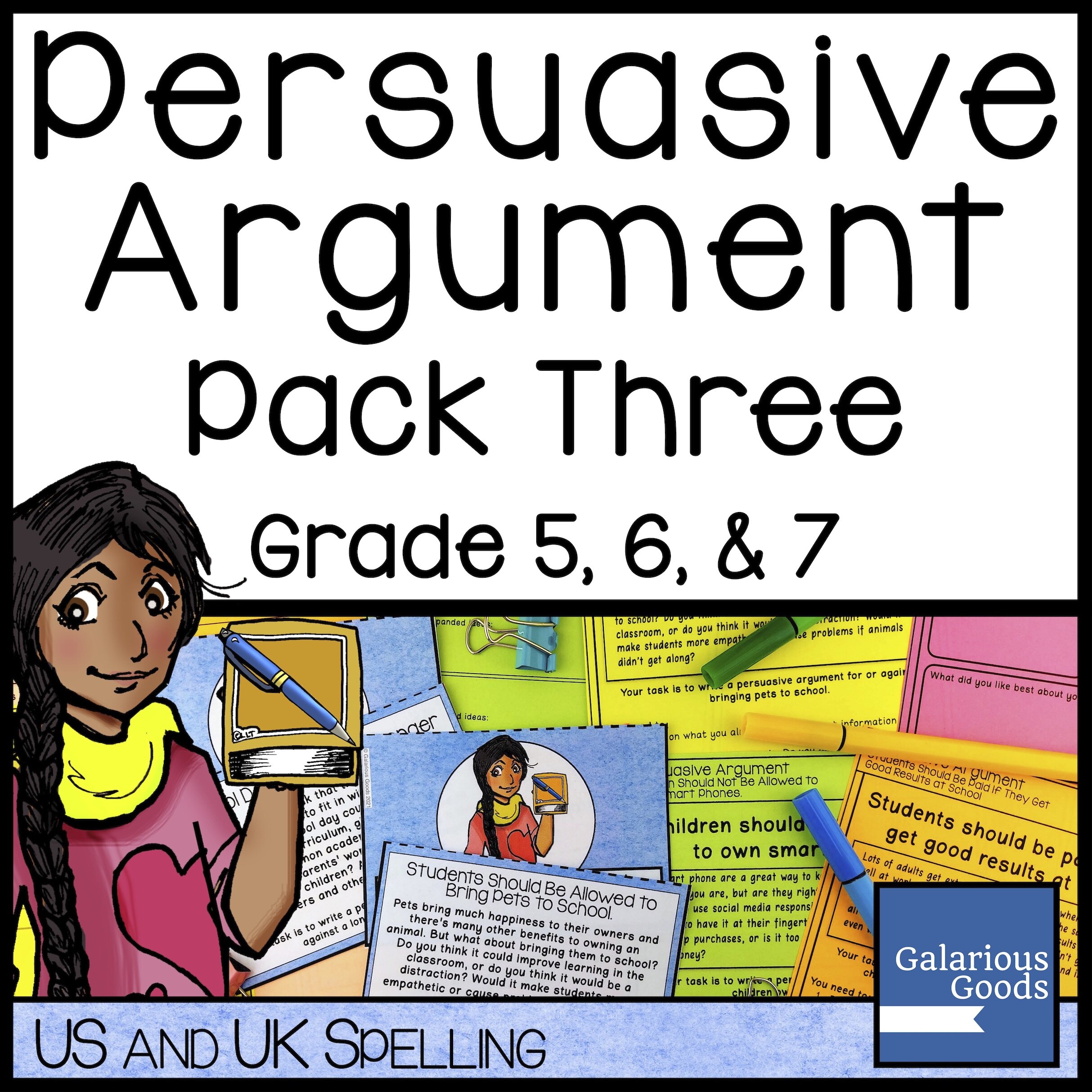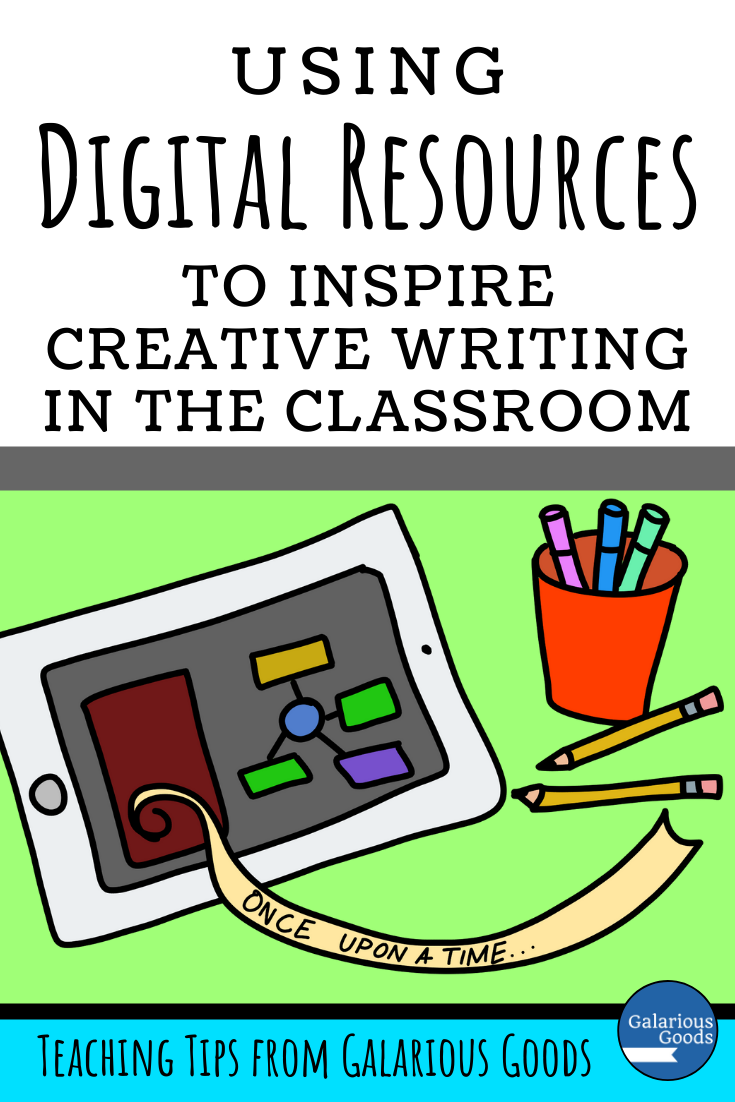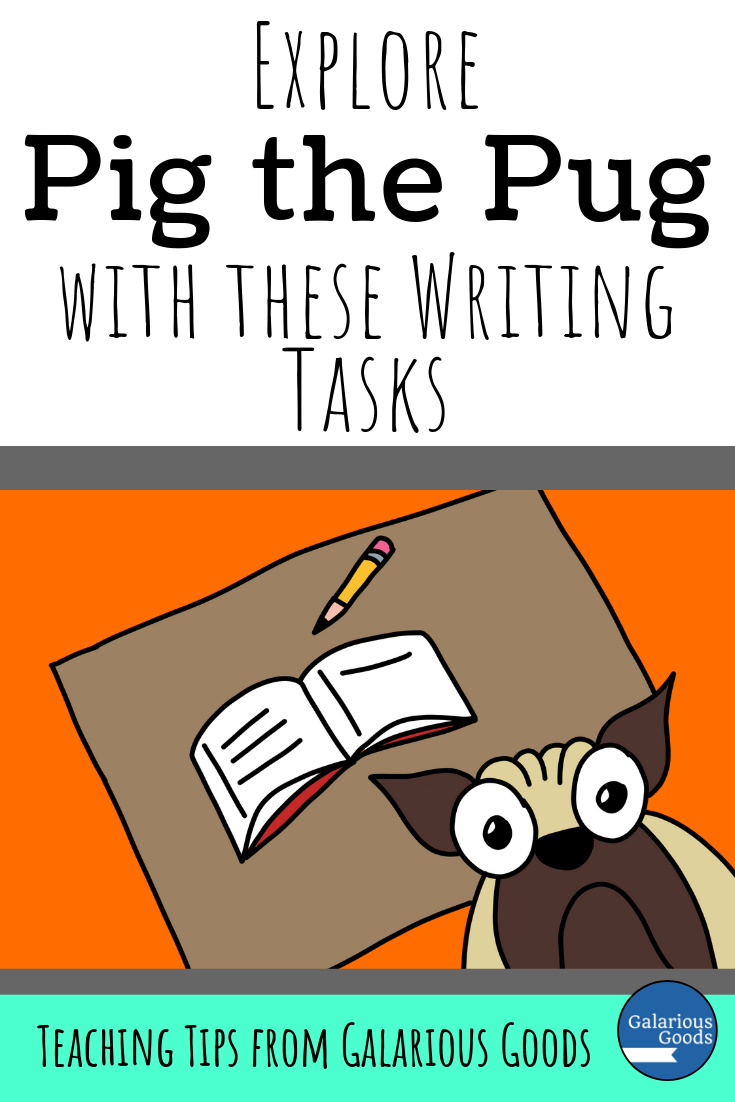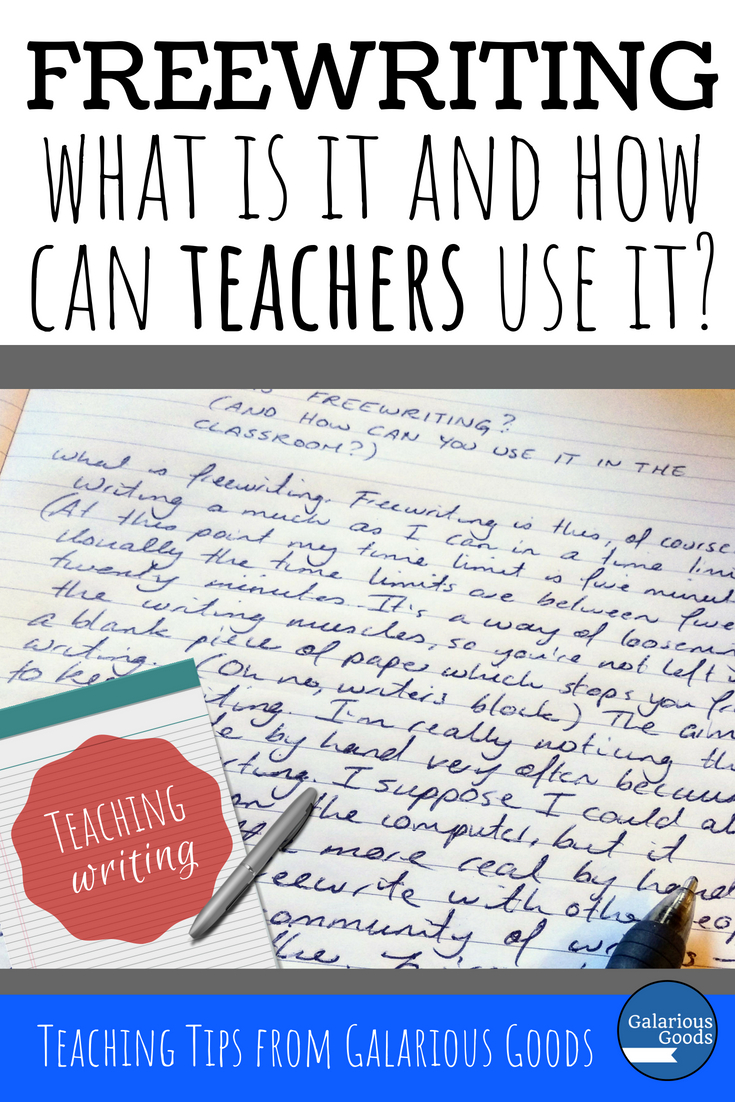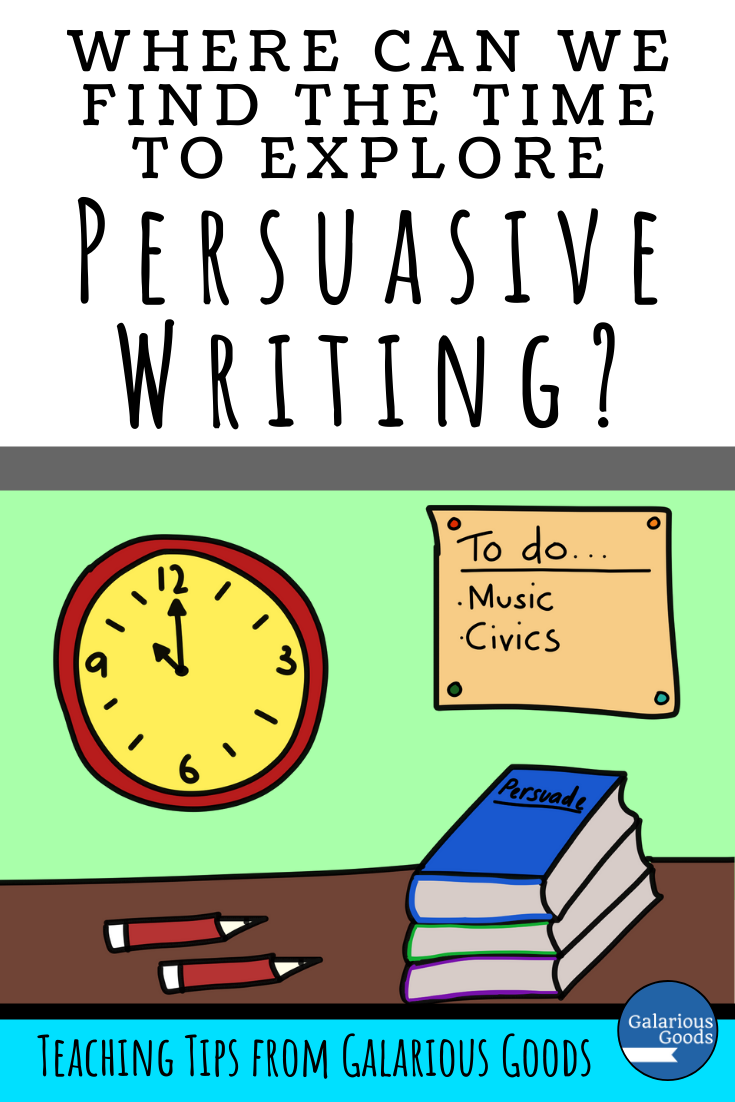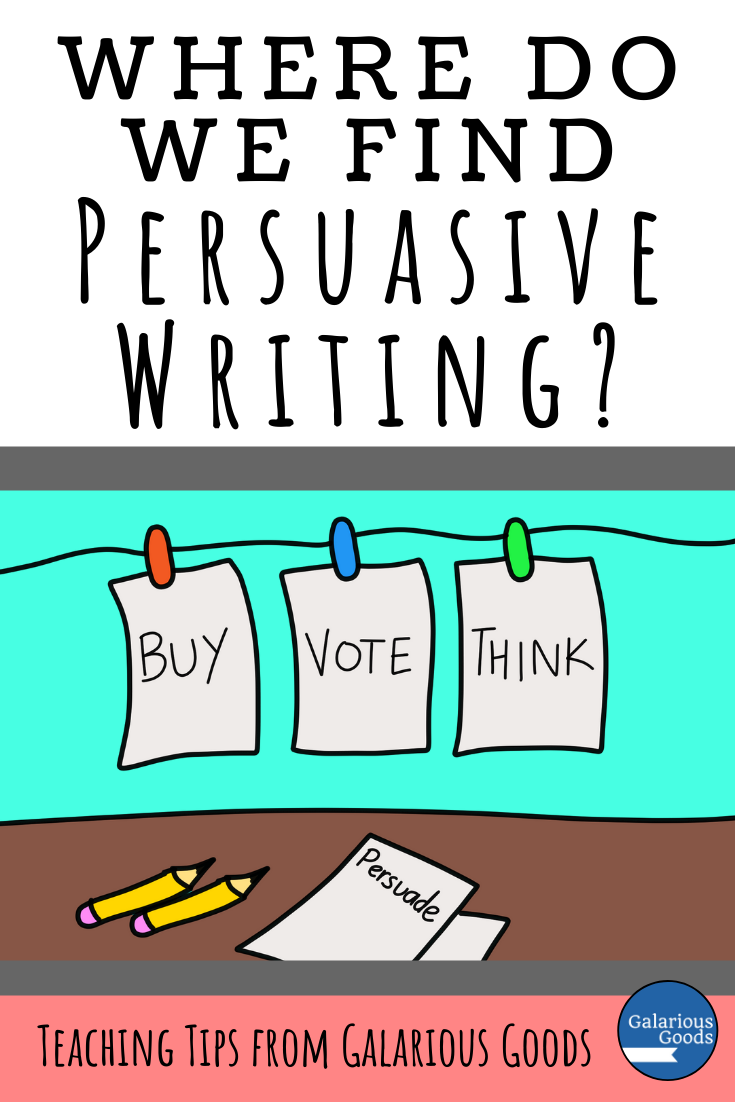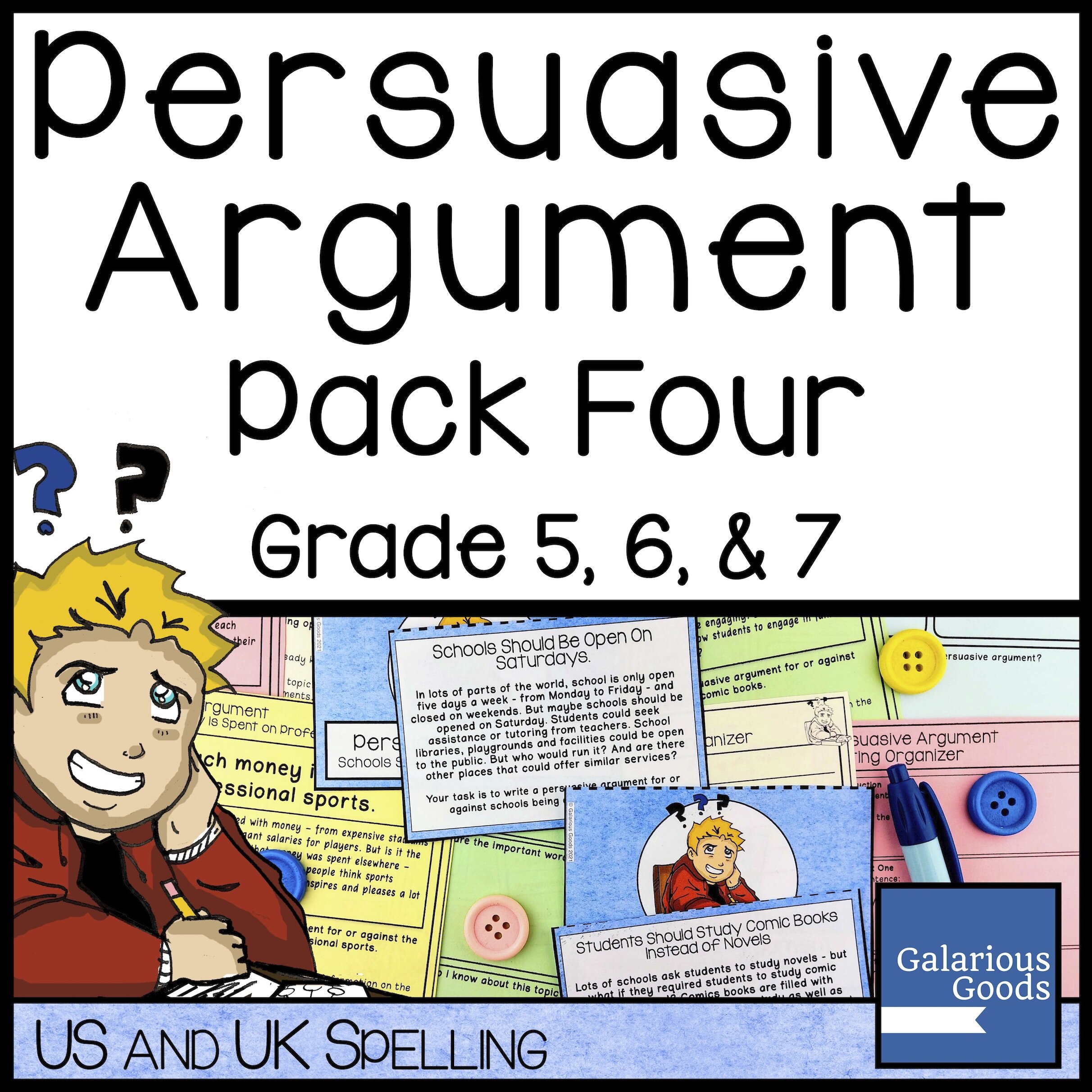What Was New in May 2017?
/A new month! New things! New resources! But first let's take a look back at May.
May was the month I delved deep into Australian political and electoral systems to produce some Year 6 resources. I started by looking at the three levels of government in Australia - local, state and federal - and their responsibilities. Because all that can be a little fuzzy (roads is just one area where everyone gets involved!) I also looked at how the three levels of government work together. (I loved putting case studies together for this. I feel very informed about the amazing Murray-Darling Basin now!). There are also assessment and word wall and poster resources to support the mini-units or you can get them all in one bundle.
This was followed up with resources covering the responsibilities of voters and elected representatives in Australia, which is a real mouthful, but at the key of our democratic responsibilities. I was especially interested in the potential conflicts between serving a political party, serving a local area and serving a state or Australia - that's a lot of balancing to do! Again, these are available with word wall and posters and assessment pieces and as a complete bundle.
Finally, I released a Nim's Island Sample Pack freebie. This is a great way to have a look at the Nim's Island novel study resources for free.
I've also been busy blogging. I started off the month collaborating with some other great teacher-authors to produce a blog post about the TeachersPayTeachers sales. I dug deeper into ideas around getting involved by looking at five inspirational young people who've set out to make a change in the world. I also looked at some of the places where students can find information to help them get involved. Finally I introduced Nim's Island as a novel study resource and had a look at some of the ways it can be used in the classroom.
Behind the Scenes
It's getting cold in Queensland! Well, cold on the Queensland scale! We've been enjoying the beautiful blue skies with trips to see family, park visits and plans to adventure to the city in the coming school holidays.
I've been working hard on updating some of my old resources, beginning with my Ruins of Gorlan novel study resources. I'm so, so excited about this - my Instagram feed has been getting some sneak peeks. There'll be updated pages, new task cards and totally new activities. The price will go up when the updated resources are released, so it's worth grabbing it now - you'll get the current version at the current price and be able to download the new version when it's released.
While I've been doing this, I've been looking at other possible novel studies. Do you have any requests? Leave a comment and it might become a real thing!













